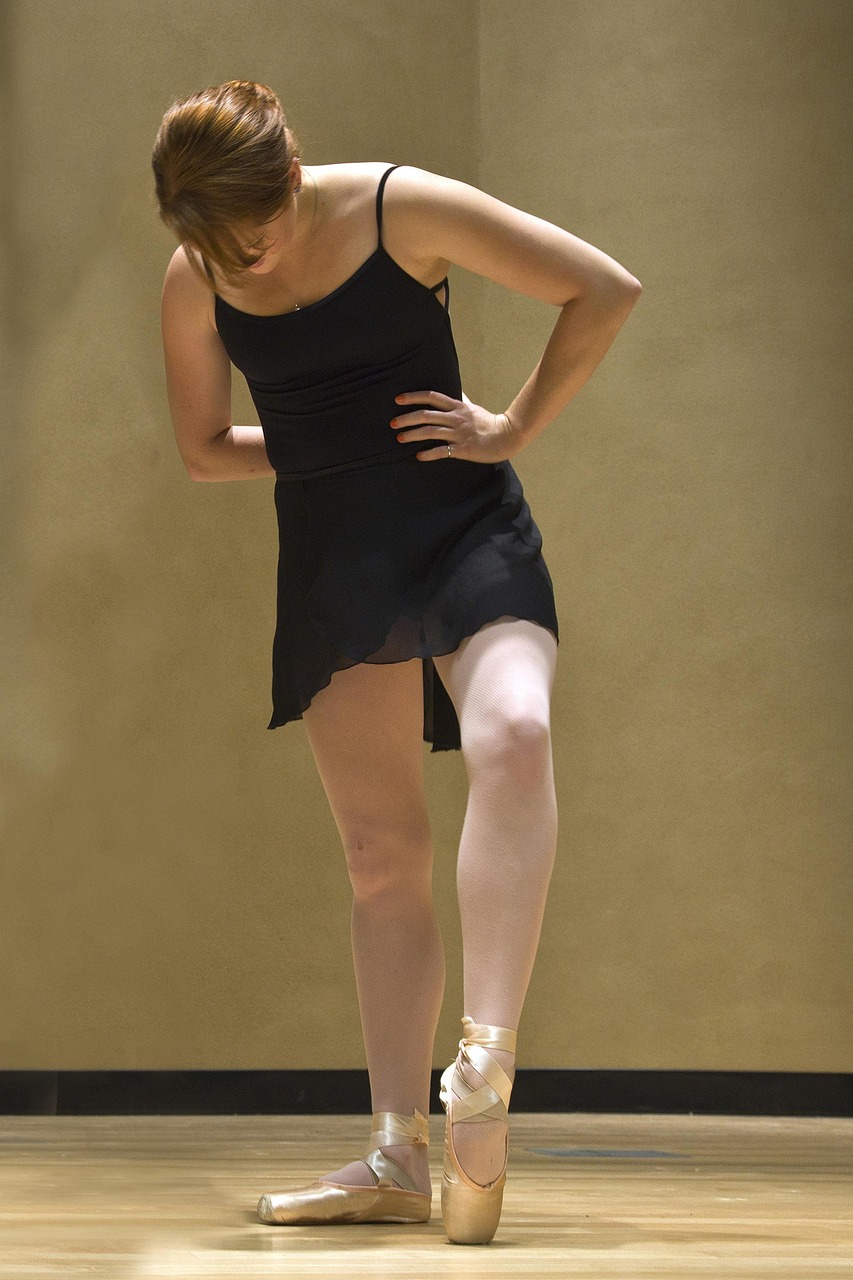TL;DR
- Carbohydrates are the primary energy source; proteins aid muscle repair and growth.
- Healthy fats are essential for overall health and sustained energy.
- Adequate hydration is crucial for performance and preventing fatigue.
- Strategic meal timing (pre/post-class) optimizes energy and recovery.
- Prioritize a balanced diet and seek professional guidance for personalized nutrition.
For dancers, the body is an instrument, and just like any high-performance instrument, it requires the right fuel to function optimally. Proper nutrition is not just about maintaining a certain physique; it’s about providing the energy needed for demanding classes and rehearsals, supporting muscle repair and growth, and enhancing overall physical and mental performance.
The Pillars of Dancer Nutrition: Macronutrients
Macronutrients—carbohydrates, proteins, and fats—are the foundation of a dancer’s diet, each playing a crucial role in energy production and bodily functions.
Carbohydrates: The Primary Energy Source
Carbohydrates are a dancer’s main fuel. They are broken down into glucose, which powers muscles during intense activity.
- Complex Carbohydrates: Found in whole grains (oats, brown rice, quinoa), starchy vegetables (sweet potatoes, squash), and legumes. These provide sustained energy release.
- Simple Carbohydrates: Found in fruits, honey, and some dairy. These offer quick energy, ideal for pre-performance boosts.
Proteins: For Repair and Recovery
Protein is vital for muscle repair, growth, and maintaining a strong immune system. Dancers put significant stress on their muscles, making adequate protein intake essential for recovery.
- Sources: Lean meats (chicken, turkey), fish, eggs, dairy products (Greek yogurt, cottage cheese), legumes, nuts, seeds, and tofu.
Fats: Essential for Health and Energy
Healthy fats are crucial for hormone production, vitamin absorption, and providing a concentrated source of energy, especially during longer periods of activity.
- Healthy Sources: Avocados, nuts, seeds, olive oil, fatty fish (salmon, mackerel).
Micronutrients: Vitamins and Minerals
Beyond macronutrients, a dancer’s diet must be rich in vitamins and minerals to support bone health, energy metabolism, and overall well-being.
- Calcium and Vitamin D: Essential for strong bones, crucial for preventing stress fractures. Found in dairy, leafy greens, and fortified foods.
- Iron: Important for oxygen transport in the blood, preventing fatigue. Found in red meat, spinach, and lentils.
- B Vitamins: Play a key role in energy production. Found in whole grains, meat, and leafy greens.
Hydration: The Unsung Hero
Water is often overlooked but is critical for dancers. Dehydration can lead to fatigue, reduced performance, muscle cramps, and impaired concentration.
- Recommendation: Drink water consistently throughout the day, before, during, and after classes and rehearsals. Electrolyte-rich drinks can be beneficial during intense or prolonged activity.
Meal Timing: Fueling Your Performance Cycle
Strategic meal timing can significantly impact a dancer’s energy levels and recovery.
- Pre-Class/Rehearsal (2-3 hours before): A balanced meal with complex carbohydrates, lean protein, and some healthy fats.
- Example: Whole-wheat pasta with chicken and vegetables, or a quinoa bowl with beans and avocado.
- Pre-Performance (30-60 minutes before): A small, easily digestible snack, primarily simple carbohydrates for quick energy.
- Example: Banana, a handful of berries, or a small energy bar.
- During Class/Rehearsal: Water is usually sufficient. For longer sessions (over 90 minutes), a small amount of simple carbohydrates (e.g., fruit slices) can help.
- Post-Class/Rehearsal (within 30-60 minutes): A combination of carbohydrates and protein to replenish glycogen stores and aid muscle repair.
- Example: Smoothie with fruit and protein powder, Greek yogurt with fruit, or a turkey sandwich.
Common Nutritional Challenges for Dancers
Dancers often face unique pressures regarding body image and performance, which can sometimes lead to unhealthy eating patterns.
- Underfueling: Not consuming enough calories to meet the high energy demands of dance can lead to fatigue, injury, and hormonal imbalances.
- Disordered Eating: The pressure to maintain a certain physique can contribute to disordered eating behaviors. It’s crucial to seek professional help if you or someone you know is struggling.
- Supplements: While some supplements might be beneficial, a balanced diet should always be the priority. Consult with a healthcare professional or a registered dietitian specializing in sports nutrition before taking any supplements.
Practical Tips for Dancers
- Eat a Variety of Foods: Ensure you’re getting all necessary macronutrients and micronutrients.
- Listen to Your Body: Pay attention to hunger cues and energy levels.
- Plan Ahead: Prepare meals and snacks in advance to avoid unhealthy choices when busy.
- Stay Hydrated: Carry a water bottle and sip throughout the day.
- Seek Professional Guidance: Consider consulting a sports dietitian who understands the unique needs of dancers.
Conclusion
Nutrition is an integral part of a dancer’s training regimen. By focusing on a balanced intake of macronutrients and micronutrients, staying well-hydrated, and timing meals strategically, dancers can optimize their energy levels, support recovery, and enhance their performance. Remember, fueling your body properly is an act of self-care that will allow you to dance with strength, artistry, and longevity.
